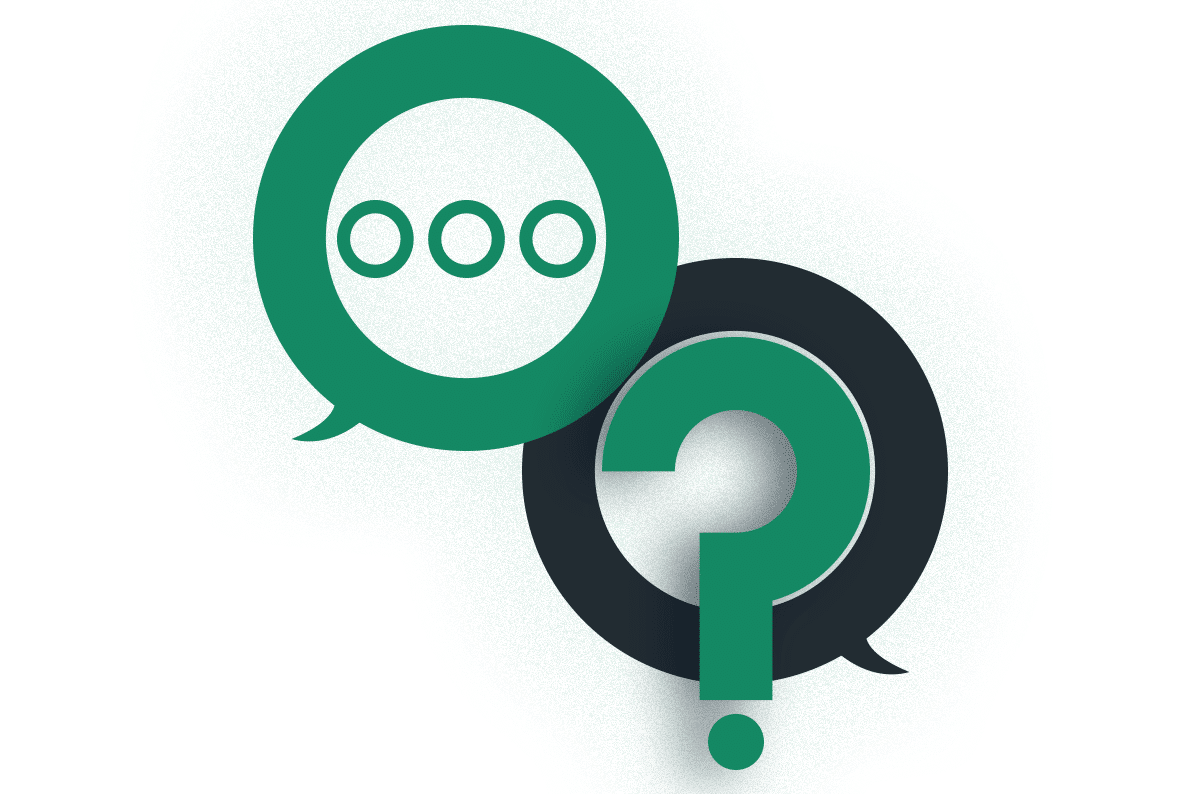|
Listen to post:
Getting your Trinity Audio player ready...
|
A New Reality
The nature of the modern digital business is constantly and rapidly evolving, requiring network and security architectures to move at the same speed. Moving at the speed of business demands a new architecture that is agile, flexible, highly scalable, and very secure to keep pace with dynamic business changes. In short, this requires SASE. However, replacing a traditional architecture in favor of a SASE cloud architecture to meet these demands can introduce heart-stopping uncertainty in even the most forward-thinking CxOs.
Most CxOs understand what SASE delivers; some can even envision their SASE deployment. However, they require more clarity about SASE approaches, requirements, and expectations. The correct SASE decision delivers long-term success; conversely, the wrong decision adversely impacts the organization. Avoiding this predicament requires due diligence, asking tough questions, and validating their use cases and business objectives.
Understanding the right questions to ask requires understanding the critical gaps in the existing architecture to visualize the desired architecture. Asking the right questions requires clarity on the problems the business is trying to solve. Considerations like new security models, required skills, or potential trade-offs should be addressed before any project begins.
We’ll answer some of those questions and highlight how the right SASE cloud solution delivers benefits beyond architectural simplicity and efficiency.
Answering CxO Questions
Determining which questions are relevant enough to influence a buying decision and then acting on them can be exhausting. This blog addresses those concerns to clarify SASE’s ability to solve common use cases and advance business goals. While the following questions only represent a small set of the possible questions asked by CxOs, they help crystalize the potential of a SASE Cloud solution to address critical questions and use cases while assuaging any concerns.
Does this fit our use cases, and what do we need to validate?
A key decision point for many CxOs is whether or not the solution solves their most pressing use cases. So, understanding what’s not working, why it’s not working, and what success looks like when it is working provides them with their north star, per se, as guidance. One would assume that answering this question is quite easy; however, looking closer we find the answers are rather subjective.
Through our engagements with customers, we’ve found that use cases tend to fall into one of three broad categories:
1. Network & security consolidation/simplification
- Point solutions to address point problems yields appliance sprawl. This has created security gaps and sent management support costs through skyrocketing. This makes increasing IT spending harder to justify to the board, pushing more CxOs to explore alternatives amid shrinking budgets.
- SASE is purpose-built to consolidate and simplify network and security architectures. The right SASE Cloud solution delivers a single, converged software stack that consolidates network, access, and security into one, thus eliminating solution sprawl and security gaps. Additionally, it eliminated day-to-day support tasks, thus delivering a high ROI.
2. Secure Access/Work-From-Anywhere
- Covid-19 accelerated a new working model for modern digital enterprises. Hybrid work became the rule more than an exception, increasing secure remote access requirements.
- SASE makes accommodating this and other working model easy to facilitate while ensuring productivity and consistent security everywhere.
3. Cloud Optimization & Security
- As hybrid and multi-cloud becomes a core business & technology strategy, performance and security demands have increased. Organizations require compatible performance and security in the cloud as they received on-premise.
- SASE improves cloud performance and provides consistent security enforcement for hybrid and multi-cloud environments.
The right SASE cloud approach addresses all common and complex use cases, thus becoming a clear benefit for modern enterprises.
SASE as a Gradual Deployment: The Various Paths to SASE | Get the eBookHow can we align architecturally with this new model? What will our IT operations look like? Can we inspire the team to develop new skills to fit this new IT model?
When moving to a 100% cloud-delivered SASE solution, it is logical to question the level of cloud expertise required. Can IT teams easily adapt to support a SASE cloud solution? How can we efficiently align to build a more agile and dynamic IT organization?
The average IT technologist joined the profession envisioning strategic thought-provoking projects that challenged their creative and innovative prowess. SASE cloud solutions enable these technologists to realize this vision while allowing organizations to think differently about how IT teams support the overall business. Traditional activities like infrastructure and capacity planning, updating, patching, and fixing now fall to the SASE cloud provider since they own the network infrastructure. Additionally, SASE cloud strengthens NOC and SOC operations with 360-degree coverage for network and security issues. The right SASE cloud platform offloads these mundane operational tasks that typically frustrates IT personnel and leads to burn out.
IT teams can now focus on more strategic projects that drive business by offloading common day-to-day support tasks to their SASE Cloud provider.
How can all security services be effectively delivered without an on-premises appliance? What are the penalties/risks if done solely in the cloud?
Traditional appliances fit nicely into IT comfort zones. You can see it and touch it, so moving all security policies to the cloud can be scary. Some will question if it makes sense to enforce all policies in the cloud and whether this will provide complete security coverage. These questions try to make sense of SASE, highlighted by a fear of the architectural unknown.
There is a reason most CxOs pursue SASE solutions. They’ve realized that current network architectures are unsustainable and require a bit of sanity. The right SASE Cloud platform provides this through the convergence of access, networking, and security into a single software stack. All technologies are built into a single code base and collaborate to deliver more holistic security. And, with a global private network of SASE PoPs, SASE Cloud delivers consistent policy enforcement everywhere the user resides. This simple method of delivering Security-as-a-Service makes sense to them.
What will this deployment journey be like, and how simple will it be?
Traditional network and security deployments are extremely complex. They require hardware everywhere, extended troubleshooting, and other unknown risks. These include integrating cloud environments; ensuring cloud and on-premise security policies are consistent; impact on normal operations; and licensing and support contracts, just to name a few.
Mitigating risks inherent with on-premises deployments is top-of-mind for most CxOs. SASE cloud solution deployments are straightforward and simple with most customers gaining a very clear idea of this during their POC. The POC provides customers with deep insight into common SASE cloud deployment practices and ease of configuration, and they gain clarity for their journey based on their use cases. Best of all, they see how the solution works in their environment and, more importantly, how the SASE cloud solution integrates into their existing production network. This helps alleviate any concerns for their new SASE journey.
What, if any, are the quantitative and qualitative compromises of SASE? How do we manage them?
CxOs face daunting, career-defining dilemmas when acquiring new technologies, and SASE is no different. They must determine how to prioritize and find necessary compromises when needed. Traditional solution deployments are sometimes accompanied by unexpected costs associated with ancillary technology or resource requirements. For example, how would they manage a preferred solution if they later find it unsuitable for certain use cases? Do they move forward with their purchase? Do they select another knowing it may fail to address a different set of use cases?
While priorities and compromises are subjective, it helps to identify potential trade-offs by defining the “must-have”, “should-have”, and “nice-to-have” requirements for a particular environment. Working closely with your SASE cloud vendor during the POC, you will test and validate your use cases against these requirements. In the end, customers usually find that the right SASE cloud solution will meet their common and complex access, network, and security use cases.
How do we get buy-in from the board?
SASE is just as much a strategic business conversation as an architectural one. How a CxO approaches this – what technical and business use cases they map to, their risk-mitigating strategy, and their path to ROI – will determine their overall level of success. So, gaining board-level buy-in is an important and possibly, the most critical part of their process.
CxOs must articulate the strategic business benefits of converging access, networking, and security functions into a single cloud-native software stack with unlimited scalability to support business growth. An obvious benefit is how SASE accelerates and optimizes access to critical applications and enhances security coverage while improving user experiences and efficiency. CxOs can also consult our blog, Talk SASE To Your Board, for board conversation tips.
Cato SASE Cloud is the Answer
A key advantage of Cato SASE Cloud is that it solves the most common business and technical use cases. Mapping the SASE cloud solution into these use cases and testing them during a POC will uncover the must/should/nice-to-have requirements and help customers visualize solving them with a SASE cloud solution.
CxOs and other technology business leaders will naturally have questions about SASE and how to approach potential migration. SASE changes the networking and security game, so embarking upon this new journey requires changing minds. Cato SASE Cloud represent the new secure digital platform of the future that is best positioned to allow enterprises to experience business transformation without limits.
For more advice on deciding which solution is right for your organization, please read this article on evaluating SASE capabilities.










